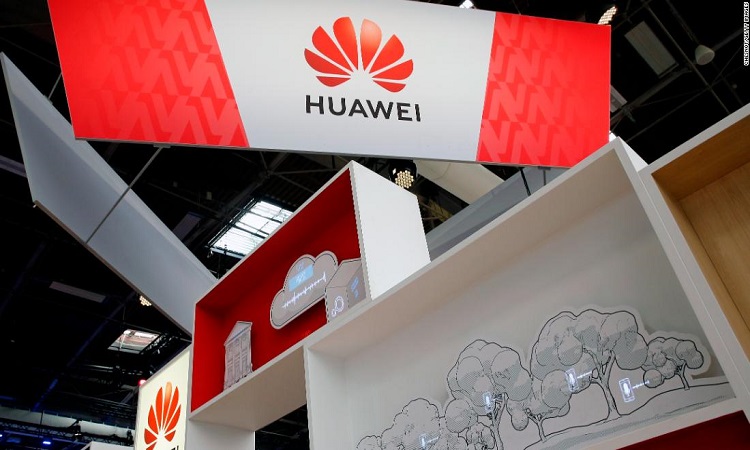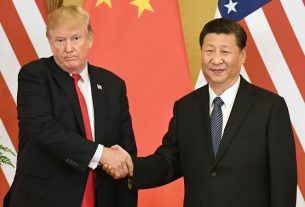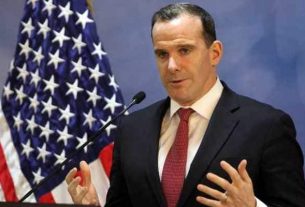After five weeks of including Huawei in the “blacklist” of the United States, many announcements with the coming and going of the blockade have circulated. In the center of that whirlwind of communications from its suppliers, the Japanese giant accepted that it will cut production by US $ 30,000 million in the next two years and that sales falls are already approaching 40%.
The definition of their situation is expected on August 19, when the three months of suspension of the effects of the blockade that was given ends. Said suspension did not prevent sales, due to fear in the users of the company’s destination, from falling. In Peru alone, the April-May bimester imported 12% less compared to the same period in 2018, when it grew 76%.
What will happen in August? What will be the fate of the brand? There are three answers, depending on the three possible scenarios: it leaves the blacklist, stays but gives exceptions to the blockade, or it becomes final.
The answer is not simply because we are facing a brand that spans several universes: the software that their phones use, the hardware that supports them and the networks, with the future deployment of 5G, included.
Huawei reported that it has 46 contracts to assemble 5G in 30 countries, while its closest rival, Nokia, has 42. It owns 15% of patients in that market, according to IPlytics, and has a total of 56,492 active patents in telecom. Despite such innovation, you could miss the opportunity to sign new 5G contracts with US military allies, such as OTAM members and most Latin American countries.
Huawei founder Ren Zhengfei estimates that this year they will not get the US $ 125 billion of expected revenue, but only about $ 100 billion this year. Despite the cut in revenues, ensures that they will maintain the investment of research (R & D) of US $ 100 billion to remodel the architecture of the network in the next 5 years. And by 2020, after several reformulations, they will recover strength and attack.
In the smartphone universe, international analysts believe that the outlook is a bit more complicated. Regarding software, they face the need to create their own Operating System, because Google has already said that they will not be able to continue with them if the blockade persists. Here the alternative is the system they are developing themselves: HongMeng, also known as ArkOS. They expect to release in the third quarter.
But they also have the challenge of getting Apps developers around the world to work for ArkOS. Will the user want a phone with a good camera but without the Facebook App, YouTube, the cinema and his bank in one click?
To all these challenges to be solved adds the inputs for the hardware. China is the world’s mobile factory. In Peru, for example, 52% of the telephones entered between January and May 2019 are Chinese and 38% Korean. To that, we must add the American brands, such as iPhone, made in China. But not all the pieces that are used to make it are in China. And while you may worry about losing a screening provider, it is harder and slower to replace processors or chips with a US stamp.
28.5% IS THE MARKET PARTICIPATION OF HUAWEI IN PERU, CONSIDERING FROM JANUARY TO MAY 2019, ACCORDING TO DOMINIO CONSULTORES., THE BRAND MAINTAINS ITS POSITION, EVEN WHEN THE IMPORTS BEGAN TO FALL.
Fernando Grados, director of DominioConsultores, believes that if the worst is confirmed – the total blockade – the brand will lose thousands of customers in Europe and Latin America. In Peru, I could even leave the market. Its strength would be in China, and allied areas, such as Russia.
If some exceptions are imposed and, for example, allow you to use the technology of the ARM processors or the Google system, Grados considers that they will resist better, although they will have to redouble their marketing efforts to fight against a user who doubts, and if doubt, do not buy.
Globally, warns Ryan Reith, IDC analyst, the smartphone market will fall 1.9% in 2019, with or without blocking, because there are saturation and low renewal. His forecasts are even a decrease of 5.5% in the first half, but with improvement for the second half. It does not need specific figures for Huawei, but logic indicates that, even without blocking, feel a downturn.
And what will happen if the Donald Trump administration changes its mind? “In this case, the sales lost by Huawei will have a quick recovery because the consumer will take revenge for the penalty imposed,” says Grados. The dragon, then, would return And re-empowered.




